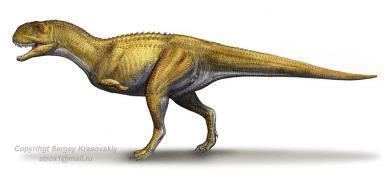Phylum Chordata Family †Abelisauridae Rank Genus | ||
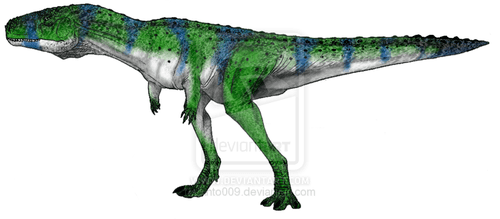 | ||
Similar Dinosaur, Xenotarsosaurus, Genusaurus, Genyodectes, Theropods | ||
Quilmesaurus is a genus of carnivorous theropod dinosaur from the Patagonian Upper Cretaceous (Campanian stage) of Argentina.
Contents
Discovery and naming
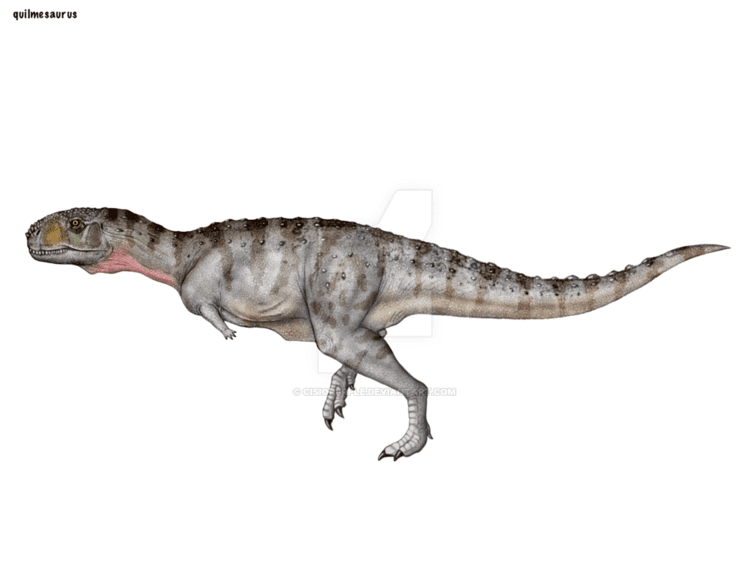
During the late 1980s, a field crew from the Universidad Nacional Tucumán, led by Jaime Powell, uncovered forty kilometres south of Roca City, in Río Negro province, northern Argentina, the remains of a theropod near the Salitral Ojo de Agua. In 2001, Rodolfo Aníbal Coria named and described the type species Quilmesaurus curriei. The genus name is derived from the Quilme, a Native American people, and the specific name honours Dr. Philip John Currie, a Canadian theropod specialist.
The holotype and currently only specimen was designated the collection number MPCA-PV-100, in the Museo Provincial "Carlos Ameghino". It consists of the distal lower half of the right femur (thighbone), and a complete right tibia (shinbone), collected from the Allen Formation of the Malarge Group in the Neuquén Basin. These deposits date from the Campanian to Maastrichtian. The specimen came from the fluvial sandstones at the bottom of the Allen Formation. The taxon is notable as it represents one of the youngest records of a non-avian theropod from Patagonia.
Description
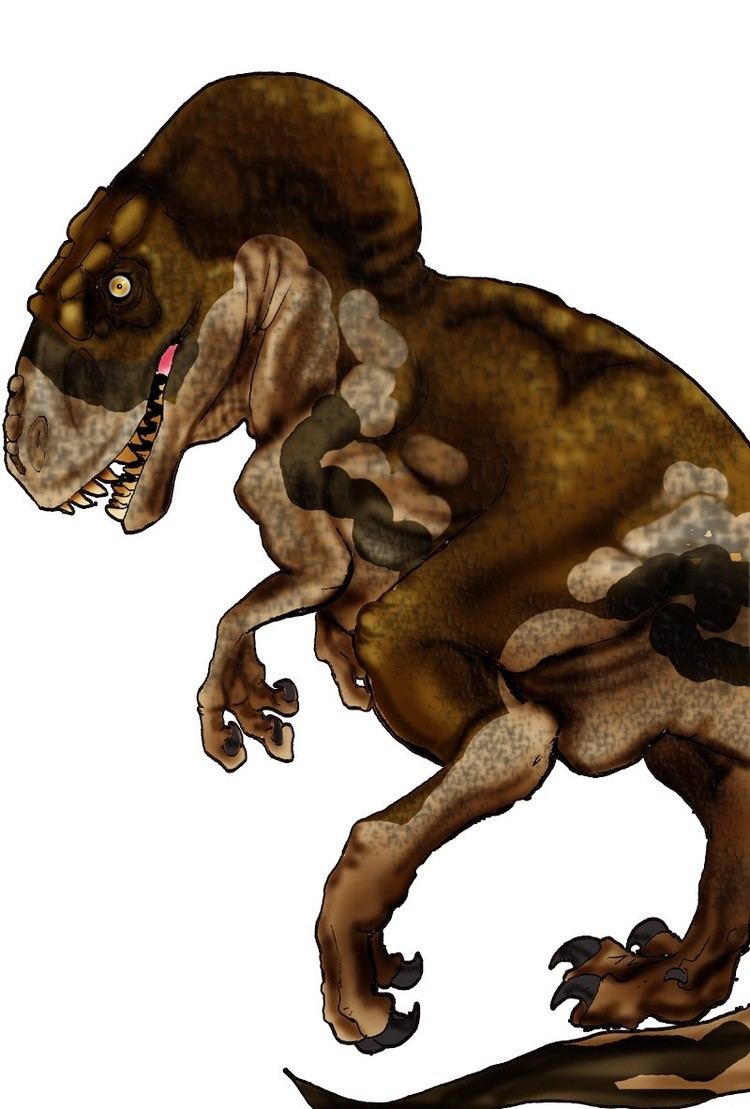
In 2016, Quilmesaurus was estimated to have measured 5.3 metres (17 ft) in length. It was originally found be distinguished by unique features of the leg: a well developed mesiodistal crest on the femur; a hooked cnemial crest on the tibia; an asymmetrical distal tibia end; and possessing a later maleolus two times larger than the medial maleolus.
Classification

When originally described, Coria could not find a more precise placement for Quilmesaurus than Theropoda. The presence of a notch in the distal articular surface of the tibia was cited by him as evidence of a possible relationship with basal Tetanurae, which would be surprising as Quilmesaurus lived during a time when South American theropod assemblages were dominated by abelisaurids and carcharodontosaurs. Other theropod material has been recovered from within these same strata and has in 2005 also provisionally been referred to the Tetanurae. However, in 2004 Rubén Juárez Valieri e.a. concluded that Quilmesaurus, in view of the hatchet-shaped cnemial crest, was a member of the Abelisauridae. In 2007 a subsequent study found that Quilmesaurus more precisely belonged to the Carnotaurinae, as shown by the pending lobe of that crest. Juárez Valieri was unable to establish a single autapomorphy of the taxon, concluding that Quilmesaurus were a nomen vanum.
Paleoecology
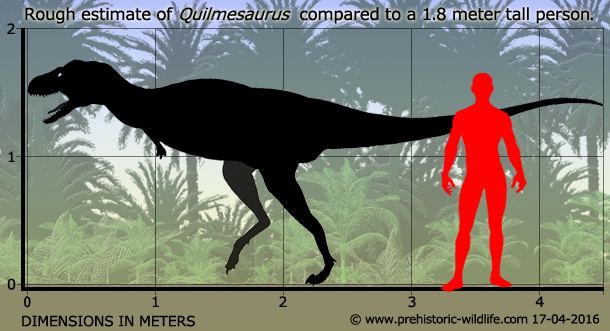
Other dinosaur remains recovered from the Allen Formation include titanosaurs (Aeolosaurus), a lambeosaurine hadrosaur, a nodosaurid, and dinosaur eggs.

